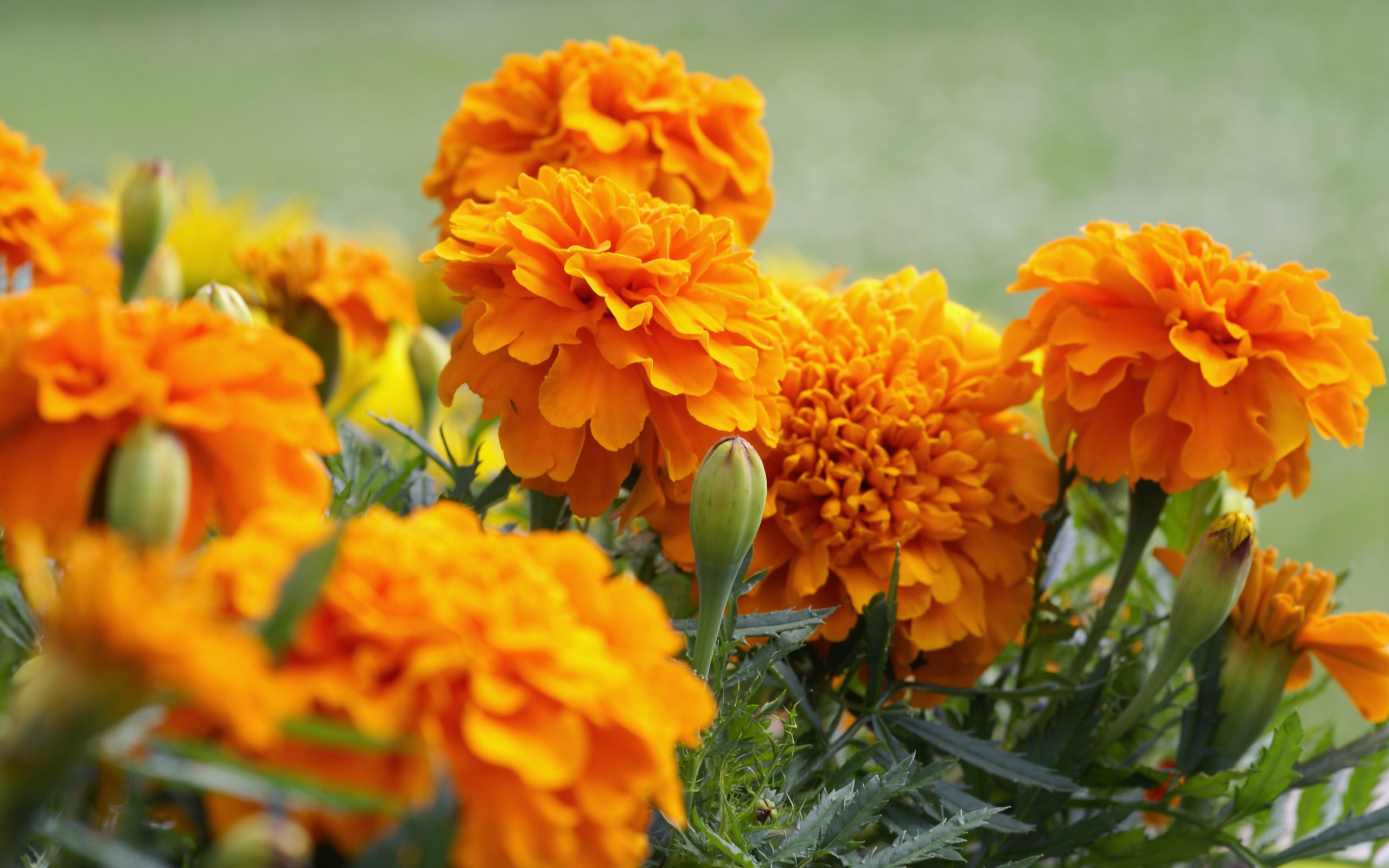Marigolds, known for their bright colours and ease of cultivation, are among the most commonly grown annual plants in India. Popular in home gardens and widely used during festivals, these flowers are appreciated not just for their ornamental value but also for their multiple practical uses.
Two main types of marigolds are commonly grown—African and French. African marigolds, such as the Pusa Narangi and Pusa Bahar varieties, are taller with larger flowers. French marigolds, on the other hand, are smaller and bushier. Both varieties are well-suited to Indian climates and require minimal maintenance, which makes them a favourite among gardeners.
In many cultures, marigolds hold symbolic meaning, often associated with joy, remembrance, and the cycle of life and death. Their presence is particularly noticeable during religious and social functions, where they are used extensively in garlands and decorations.
Marigolds also offer some health-related benefits. The flowers contain lutein, a compound known to support eye health, and they have antibacterial and antiviral properties, which add to their value beyond aesthetics.
In agriculture, marigolds are proving to be useful as a natural pest control method. Farmers use them as trap crops, especially against tomato fruit borers (Helicoverpa armigera) and Western Flower Thrips (WFT). By attracting pests away from the main crop, marigolds help reduce damage. The plant also releases natural chemicals through its roots that can suppress harmful nematodes in the soil, making it an eco-friendly choice for integrated pest management.
Marigolds contribute to improving soil health as well. They help increase organic matter and enhance the availability of nutrients like phosphorus and nitrogen. When grown alongside other crops, marigolds can boost soil enzyme activity, which plays an important role in nutrient cycling.
Additionally, marigold intercropping has been shown to support the growth of beneficial soil bacteria. These microbes play a role in promoting healthy plant development, making the soil more productive over time.
Cultivation of marigolds is simple. They thrive in full sunlight and well-drained soil, and they can be grown either from seeds or transplants. In farming, marigolds are often planted on the field bunds as part of a pest management strategy. The flowers are ready for harvest about two and a half months after planting, once they reach their full bloom.










